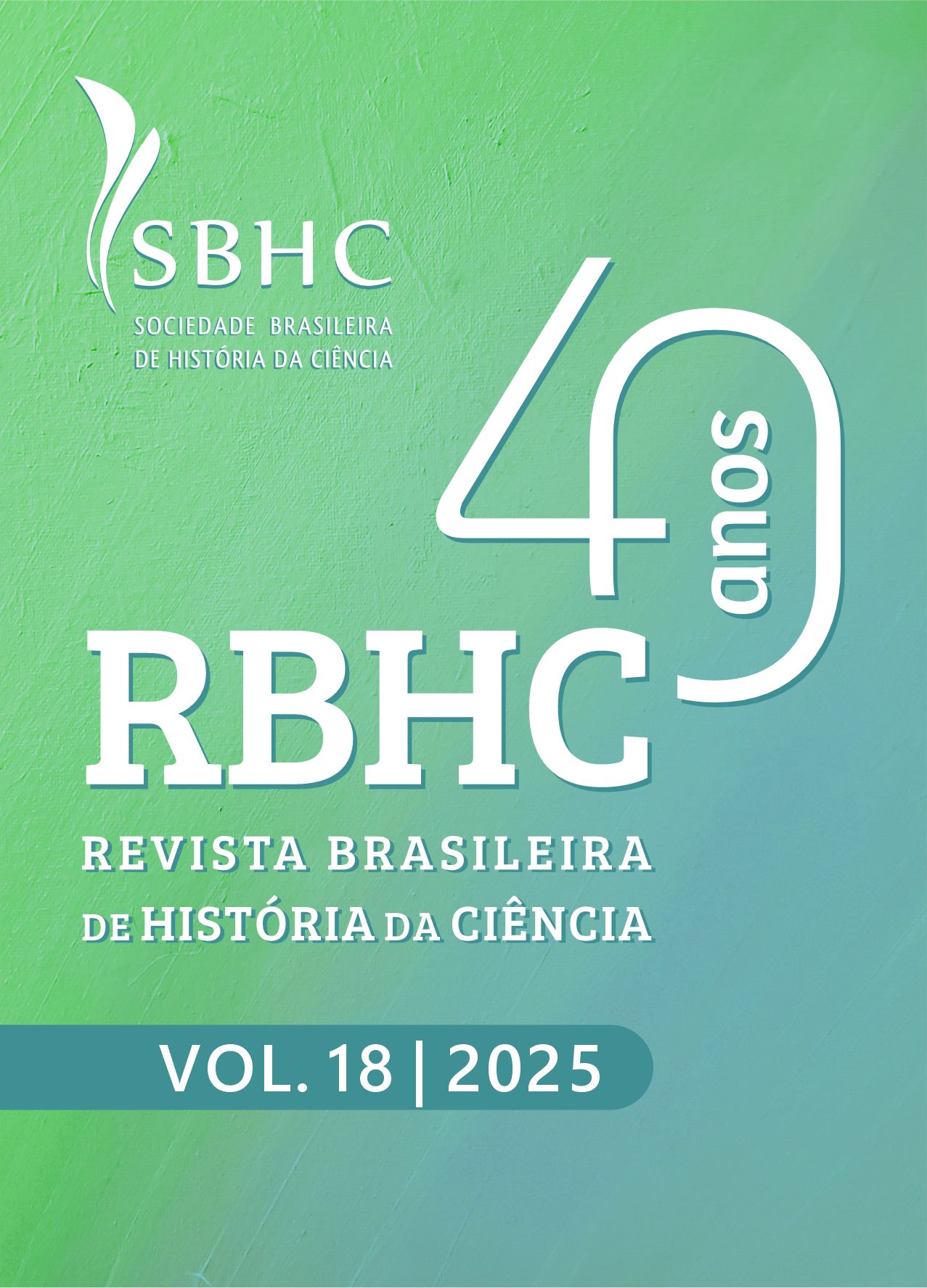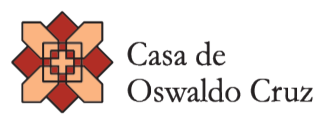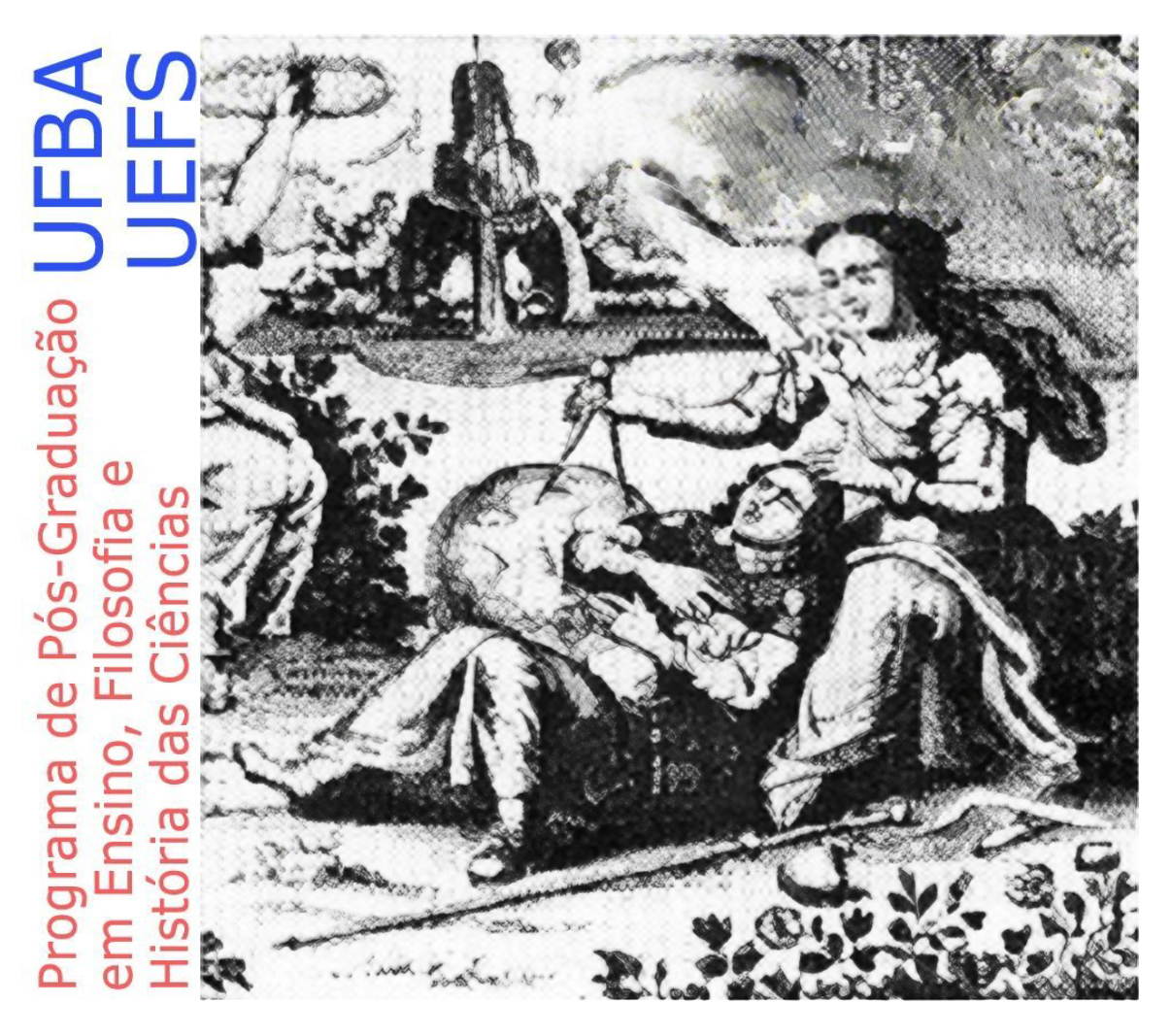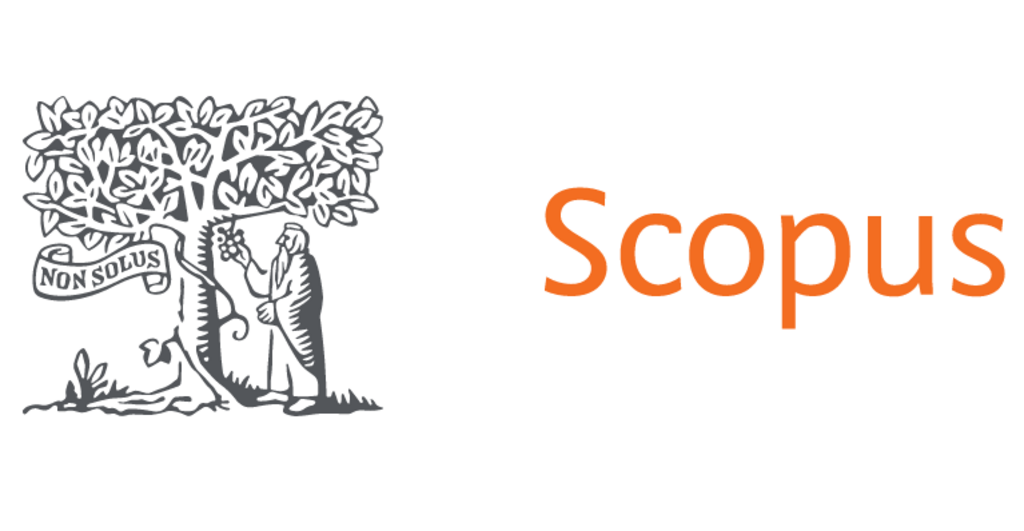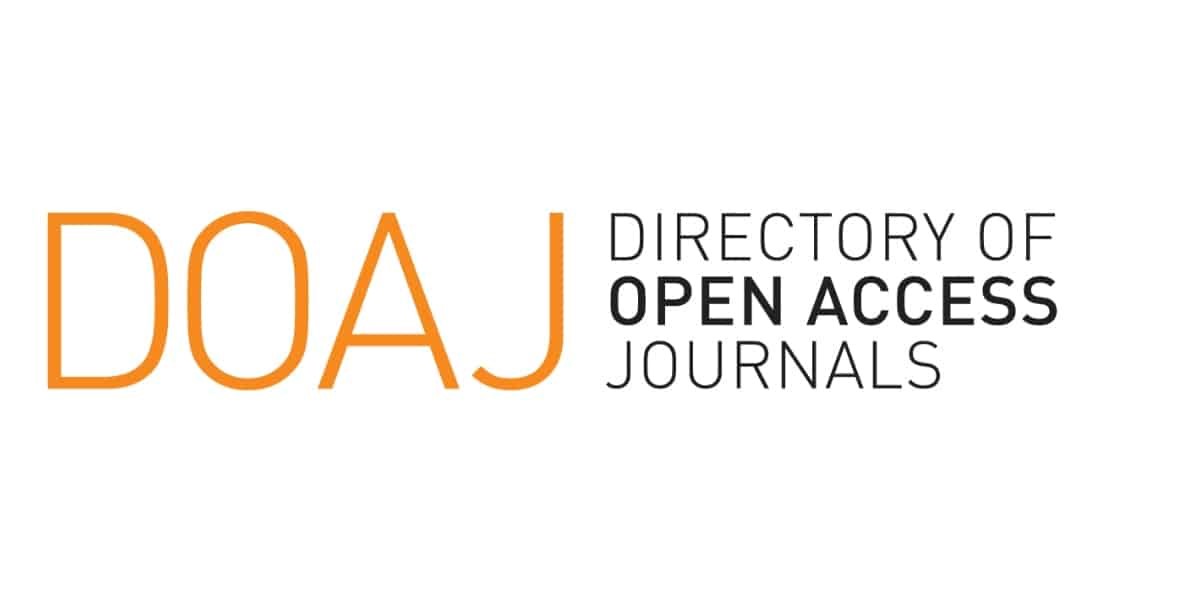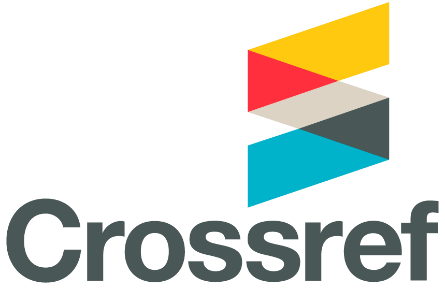A invenção da teoria das tranças
textos e contextos
DOI:
https://doi.org/10.53727/rbhc.v18i1.1049Palavras-chave:
matemática, história, teoria das tranças, teoria dos nósResumo
Este artigo trata da criação da teoria das tranças sob um ponto de vista histórico e parte da seguinte questão investigativa: como aconteceu a criação da teoria das tranças? Trata-se de uma pesquisa bibliográfica inspirada na proposta da história-problema de March Bloch e Lucien Febvre, historiadores da Escola dos Annales. São explicitados os problemas, conceitos e teoremas principais que motivaram a criação da teoria das tranças, apontando os personagens envolvidos, seus tempos históricos, contextos institucionais de formação e de atuação.
Downloads
Referências
ADAMS, C.C. The knot book: an elementary introduction to the mathematical theory of knots. Providence, RI: American Mathematical Society, 2004.
ALEXANDER, J.W. A lemma on a system of knotted curves. Proceedings of the National Academy of Sciences of the United States of America, v. 9, n. 3, p. 93-95, 1923. DOI: https://doi.org/10.1073/pnas.9.3.93
ARTIN, E. Theorie der Zöpfe. Abhandlungen aus dem mathematischen Seminar der Universität Hamburg, v. 4, p. 47-72, 1925. DOI: https://doi.org/10.1007/BF02950718
ARTIN, E. Theory of braids. Annals of Mathematics, second series, v. 48, n. 1, p. 101-126, 1947a. DOI: https://doi.org/10.2307/1969218
ARTIN, E. Braids and permutations. Annals of Mathematics, second series, v. 48, n. 2, p. 643-649, 1947b. DOI: https://doi.org/10.2307/1969131
ATIYAH, M. The geometry and physics of knots. Cambridge: Cambridge University Press, 1990. DOI: https://doi.org/10.1017/CBO9780511623868
BAEZ, J.; MUNIAIN, J.P. Gauge fields, knots, and gravity. Singapore: World Scientific, 1994. DOI: https://doi.org/10.1142/2324
BIRMAN, J.S. Braid groups and their relationship to mapping class groups. PhD Thesis. New York University, New York, 1968.
BIRMAN, J.S. Braids, links, and mapping class groups. Princeton, NJ: Princeton University Press, 1975. (Annals of Mathematics Studies, 82) DOI: https://doi.org/10.1515/9781400881420
BIRMAN, J.S.; BRENDLE, T.E. Braids: a survey. 2005. Disponível em: https://arxiv.org/pdf/math/0409205.pdf. Acesso em: 12 jun. 2025.
BOHNENBLUST, H.F. The algebraical braid group. Annals of Mathematics, second series, v. 48, n. 2, p. 127-136, 1947. DOI: https://doi.org/10.2307/1969219
BUNGE, M. Epistemologia: um curso de atualização. São Paulo: EdUSP, 1980.
BYRD, A.; THARPS, L. Hair story: untangling the roots of black hair in America. New York: St. Martin’s Press, 2014.
CHANDLER, B.; MAGNUS, W. The history of combinatorial group theory: a case study in the history of ideas. New York: Springer, 1982. (Studies in the History of Mathematics and Physical Sciences) DOI: https://doi.org/10.1007/978-1-4613-9487-7
CUTLAND, N. Computability: an introduction to recursive function theory. Cambridge: Cambridge University Press, 1980. DOI: https://doi.org/10.1017/CBO9781139171496
DEHN, M. Über die Topologie des dreidimensionalen Raumes. Mathematische Annalen, v. 69, n. 1, p. 137-168, 1910. DOI: https://doi.org/10.1007/BF01455155
DEHN, M. Über unendliche diskontinuierliche Gruppen. Mathematische Annalen, v. 71, n. 1, p. 116-144, 1911. DOI: https://doi.org/10.1007/BF01456932
DEHORNOY, P. Braid groups and left distributive operations. Transactions of the American Mathematical Society, v. 345, n. 1, p. 115-150, 1994. DOI: https://doi.org/10.1090/S0002-9947-1994-1214782-4
DEHORNOY, P.; DYNNIKOV, I.; ROLFSEN, D.; WIEST, B. Why are braids orderable? [s.l]: Springer, 2000.
DRINFELD, W.G. Quantum groups. Zapiski Nauchnykh Seminarov POMI, v. 155, p. 18-49, 1986.
DYCK, W. Beiträge zur Analysis situs, I. Mathematische Annalen, v. 37, n. 2, p. 457-512, 1888. DOI: https://doi.org/10.1007/BF01443580
EPPLE, M. Branch points of algebraic functions and the beginnings of modern knot theory. Historia Mathematica, v. 22, n. 4, p. 371-401, 1995. DOI: https://doi.org/10.1006/hmat.1995.1031
EPPLE, M. Styles of argumentation in late 19th-century geometry and the structure of mathematical modernity. In: PANZA, M.; OTTE, M. (eds.). Analysis and synthesis in mathematics: history and philosophy. Dordrecht: Kluwer, 1997. p. 177-198. DOI: https://doi.org/10.1007/978-94-011-3977-9_7
EPPLE, M. Die Entstehung der Knotentheorie: Kontexte und Konstruktionen einer modernen mathematischen Theorie. Braunschweig/Wiesbaden: Springer-Vieweg, 1999. DOI: https://doi.org/10.1007/978-3-322-80295-8
EULER, L., Solutio problematis ad geometriam situs pertinentis. Commentarii Academiae Scientiarum Imperialis Petropolitanae, n. 8, p. 128-140, 1736.
EXEL, R. Von Neumann e a teoria da álgebra de operadores. Estudos Avançados, v. 10, n. 26, p. 211-225, 1996. Disponível em: https://www.scielo.br/j/ea/a/3PtV9Qg59LfYSY6jVjK6QgP/?lang=pt. Acesso em: 14 nov. 2022. DOI: https://doi.org/10.1590/S0103-40141996000100020
FADELL, E. Homotopy groups of configuration spaces and the string problem of Dirac. Duke Mathematical Journal, v. 29, n. 2, p. 231-242, 1962.
FADELL, E.; BURSKIRK, J. van. The braid groups of and . Duke Mathematical Journal, v. 29, n. 2, p. 243-257, 1962. DOI: https://doi.org/10.1215/S0012-7094-62-02924-1
FADELL, E.; NEUWIRTH, L. Configuration spaces. Mathematica Scandinavica, v. 10, p. 111-118, 1962. DOI: https://doi.org/10.7146/math.scand.a-10517
FEBVRE, L. Combates pela história. 3. ed. Lisboa: Presença, 1989.
FLETCHER, A.J. Ancient Egyptian hair: a study in style, form and function. PhD Thesis, University of Manchester, Manchester, 1995.
FOUCAULT, M. Arqueologia do saber. Trad. Luiz Felipe Baeta Neves. Rio de Janeiro: Forense Universitária, 2012.
FOX, R.; NEUWIRTH, L. The braid groups. Mathematica Scandinavica, v. 10, p. 119-126, 1962. DOI: https://doi.org/10.7146/math.scand.a-10518
FRIEDMAN, M. Mathematical formalization and diagrammatic reasoning: the case study of the braid, 1925 and 1950. British Journal for the History of Mathematics, v. 34, n. 1, p. 43-59, 2019. DOI: https://doi.org/10.1080/17498430.2018.1533298
GONZALEZ-MENESES, J. Ordering pure braid groups on compact, connected surfaces. Pacific Journal of Mathematics, v. 203, n. 2, p. 369-378, 2002. DOI: https://doi.org/10.2140/pjm.2002.203.369
GUASCHI, J.; JUAN-PINEDA, D. A survey of surface braid groups and the lower algebraic K-theory of their group rings. 2013. Disponível em: https://arxiv.org/pdf/1302.6536.pdf. Acesso em: 5 dez. 2023.
HURWITZ, A. Über Riemannsche Flächen mit gegebenen Verzweigungspunkten. Mathematische Annalen, v. 39, p. 1-61, 1891. DOI: https://doi.org/10.1007/BF01199469
JONES, V. Index for subfactors. Inventiones Mathematicae, v. 72, p. 1-25, 1983. DOI: https://doi.org/10.1007/BF01389127
JONES, V. A polynomial invariant of knots and links. Bulletin of the American Mathematical Society, v. 12, p. 103-111, 1985. DOI: https://doi.org/10.1090/S0273-0979-1985-15304-2
JONES, V. Hecke algebra representations of braid groups and link polynomials. Annals of Mathematics, v. 126, p. 335-388, 1987. DOI: https://doi.org/10.2307/1971403
JONES, V. Subfactors and knots. Providence, RI: American Mathematical Society, 1991. (CBMS Regional Conference Series in Mathematics, 80) DOI: https://doi.org/10.1090/cbms/080
JORDAN, C. Sur la déformation des surfaces. Journal des Mathématiques Pures et Appliquées, 2e série, v. 11, p. 105-109, 1866.
KASSEL, C.; TURAEV, V. Braid groups. New York: Springer, 2008. (Graduate Texts in Mathematics, 247). DOI: https://doi.org/10.1007/978-0-387-68548-9
KAUFFMAN, L.H. Knots and physics. Singapore: World Scientific, 2001. DOI: https://doi.org/10.1142/4256
KLINE, M. Mathematical thought from Ancient to Modern Times. New York: Oxford University Press, 1972.
KUHN, T.S. A estrutura das revoluções científicas. 13. ed. São Paulo: Perspectiva, 2017. (Debates, 115)
KULIKOV, V.S.; SHIMADA, I. On the fundamental groups of complements to dual hypersurfaces of projective curves. Preprint of the Max-Planck-Institut für Mathematik, n. 32, 1996.
MAGNUS, W. Über Automorphismen von Fundamentalgruppen berandeter Flächen. Mathematische Annalen, v. 109, n. 1, p. 617-646, 1934. DOI: https://doi.org/10.1007/BF01449158
MARGALIT, D.; WINARSKI, R.R. Braid groups and mapping class groups: the Birman-Hilden theory. Bulletin of the London Mathematical Society, v. 53, n. 2, p. 643-659, 2021. DOI: https://doi.org/10.1112/blms.12456
MENDEL, G. Versuche über Pflanzenhybriden. Verhandlungen des naturforschenden Vereines in Brünn, v. IV für das Jahr 1865, Abhandlungen, p. 3-47, 1866.
MÖBIUS, A.F. Zur Theorie der Polyëder und der Elementarverwandtschaft. In: MÖBIUS, A.F. Oeuvres complètes. [s.l.: s.n.], 1861. t. 2, p. 519-559.
MURASUGI, K.; KURPITA, B. A study of braids. Dordrecht: Springer Science, 1999. (Mathematics and its Applications, 484) DOI: https://doi.org/10.1007/978-94-015-9319-9
NEWMAN, M.H.A. On a string problem of Dirac. Journal of the London Mathematical Society, v. s1-17, n. 3, p. 173-177, 1942. DOI: https://doi.org/10.1112/jlms/s1-17.3.173
PRZYTYCKI, J.H. Classical roots of knot theory. Chaos, Solitons & Fractals, v. 9, n. 4-5, p. 531-545, 1998. DOI: https://doi.org/10.1016/S0960-0779(97)00107-0
RADÓ, T. Über den Begriff der Riemannschen Fläche. Acta Scientiarum Mathematicarum, Szeged, v. 2, n. 10, p. 101-121, 1925.
REIS, J.C. O desafio historiográfico. Rio de Janeiro: Editora FGV, 2010.
ROQUE, T. Desmascarando a equação: a história no ensino de que matemática? Revista Brasileira de História da Ciência, Rio de Janeiro, v. 7, n. 2, p. 167-185, 2014. DOI: https://doi.org/10.53727/rbhc.v7i2.220
SCOTT, G.P. Braids groups and the group of homeomorphisms of a surface. Proceedings of the Cambridge Philosophical Society, v. 68, p. 605-617, 1970. DOI: https://doi.org/10.1017/S0305004100076593
SHERROW, V. Encyclopedia of hair: a cultural history. Westport, CT: Greenwood. 2006. DOI: https://doi.org/10.5040/9798400660948
SOSSINSKY, A. Knots: mathematics with a twist. Cambridge: Harvard University Press, 2002.
STÄCKEL, P. Gauss als Geometer. Nachrichten von der Gesellschaft der Wissenschaften zu Göttingen, Mathematisch-Physikalische Klasse, v. 1917, p. 25-142, 1917. DOI: https://doi.org/10.1007/978-3-663-16202-5_2
STÄCKEL, P. “Gauss als Geometer”, in the 10th volume of Gauss’ collected works. In: DUNNINGTON, G.W. Carl Friedrich Gauss: titan of science. New York: Hafner, 1955.
SUMNERS, D. W.; WHITTINGTON, S.G. Knots in DNA and statistical mechanics. Journal of Physics A: Mathematical and General, v. 21, n. 7, p. 1689-1694, 1988. DOI: https://doi.org/10.1088/0305-4470/21/7/030
TAIT, P.G. On knots I. Transactions of the Royal Society of Edinburgh, v. 28, p. 145-190. 1877. DOI: https://doi.org/10.1017/S0080456800090633
TIETZE, H. Über die topologischen invarianten mehrdimensionaler Mannigfaltigkeiten. Monatsheft für Mathematik und Physik, v. 19, p. 1-118, 1908. DOI: https://doi.org/10.1007/BF01736688
VANDERMONDE, A.T. Remarques sur les problèmes de situation. Mémoires de 1’Academie Royale des Sciences, Paris, p. 566-574, 1771.
VINCIGUERRA, L. Langage, visibilité, différence: éléments pour une histoire du discours mathématique de l’Âge Classique au XIXème siècle. Paris: Vrin, 1999.
WITTEN, E. Quantum field theory and the Jones polynomial. Communications in Mathematical Physics, n. 121, p. 351-399, 1989. DOI: https://doi.org/10.1007/BF01217730
ZASSENHAUS, H. Emil Artin, his life and his work. Notre Dame Journal of Formal Logic, v. 5, n. 1, p. 1-9, 1964. DOI: https://doi.org/10.1305/ndjfl/1093957731
Downloads
Publicado
Edição
Seção
Licença
Copyright (c) 2025 Juliana Roberta Theodoro de Lima, Ediel Azevedo Guerra

Este trabalho está licenciado sob uma licença Creative Commons Attribution-NonCommercial-NoDerivatives 4.0 International License.

